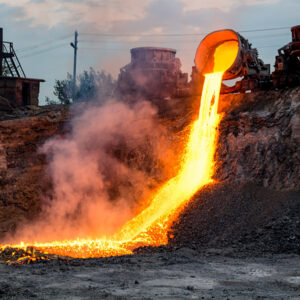Gupta Period: From the beginning of the fourth century CE to the end of the sixth century CE, the Gupta Empire ruled over ancient India. From roughly 319 to 467 CE, when it was at its height, it dominated a large portion of the Indian subcontinent. Historians refer to this time as India’s “Golden Age.”
- A tetrastyle prostyle Gupta period temple at Sanchi: This temple is example of Buddhist temple.
- Mahabodhi Temple is also major heritage built by Gupta empire.
- Dashavatara Temple is a Lord Vishnu Temple and Pataini temple is a Jain temple built during the Gupta period.
Chola Period: One of the longest-reigning dynasties in history was the Chola Dynasty, a Tamil thalassocratic state in southern India. The oldest datable allusions to the Chola come from inscriptions that date to Ashoka’s rule over the Maurya Empire in the third century BCE.
- Vimanam (tower) of the Thanjavur Temple is a heritage side and One of the biggest Hindu temples, it serves as an example of entirely. Locally known as Thanjai Periya Kovil and also known as Peruvudaiyar Kovil, this Shiva-dedicated Hindu temple is housed in Thanjavur, Tamil Nadu, India on the south bank of the Cauvery River.
- The majority of the Cholas were Hindus. Unlike the kings of the Pallava and Pandya dynasties, they were unaffected by the growth of Buddhism and Jainism. Early Chola Kocengannan was revered as a Hindu saint both in Sangam literature and the Shaivite canon.
These are some examples of Gupta period and Chola period to Indian heritage and culture.
Read Also: Persian literary sources of medieval India reflect the spirit of the age. Comment.



